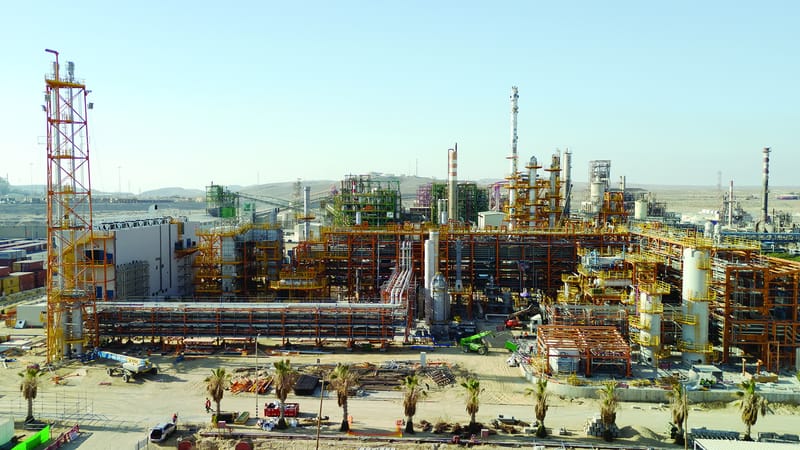Permedah going nuts for pistachios
Exploring new opportunities in a growing industry is the goal of a local father-and-son team focused on a unique crop. Third generation Paringa-based growers James (pictured) and Theo Simpfendorfer – who operate Permedah Fruits with their father...






